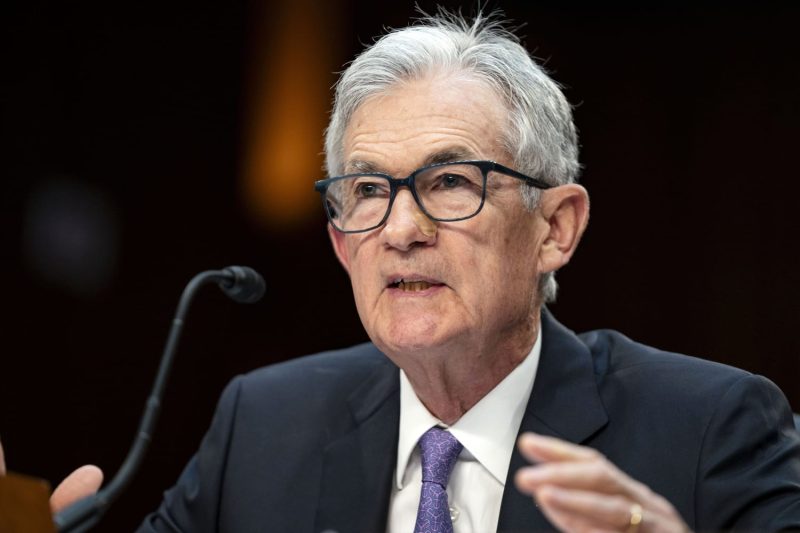In a recent interview, Federal Reserve Chair Jerome Powell highlighted the potential risks associated with maintaining high interest rates for an extended period. Powell’s remarks came at a critical juncture for the US economy, as policymakers grapple with the challenges posed by the ongoing COVID-19 pandemic and its economic fallout.
Powell’s warning about the detrimental effects of prolonged high interest rates on economic growth resonates with the broader debate among economists and policymakers. While interest rate hikes are a common tool used by central banks to curb inflation and stabilize the economy, prolonging high rates can have negative implications for various sectors.
One of the key concerns raised by Powell is the impact of high interest rates on borrowing costs for businesses and consumers. When borrowing becomes more expensive, companies may scale back investment, which can hinder productivity and innovation. Similarly, consumers may cut back on spending, leading to decreased demand and slower economic growth.
Moreover, elevated interest rates can also affect the housing market. High mortgage rates can deter potential homebuyers and slow down the housing sector, which plays a crucial role in driving economic activity. A slowdown in the housing market can have ripple effects on related industries, such as construction and real estate, further dampening overall economic growth.
Another important aspect to consider is the effect of high interest rates on financial markets. Investors often react negatively to signs of prolonged tightening by central banks, as it can signal a more restrictive monetary policy environment. This can lead to market volatility, reduced investment, and lower asset prices, all of which can undermine confidence and disrupt the smooth functioning of financial markets.
Powell’s cautionary stance underscores the delicate balancing act faced by central banks in setting monetary policy. While the need to control inflation and maintain financial stability remains paramount, policymakers must also be mindful of the potential consequences of overly hawkish policies on economic growth and employment.
As the US economy continues to navigate through unprecedented challenges, policymakers must carefully evaluate the timing and pace of interest rate adjustments. By adopting a data-driven and forward-looking approach, central banks can effectively support sustainable economic growth while mitigating the risks associated with prolonged high interest rates. Balancing the dual mandate of price stability and maximum employment requires policymakers to remain vigilant and flexible in responding to evolving economic conditions.

